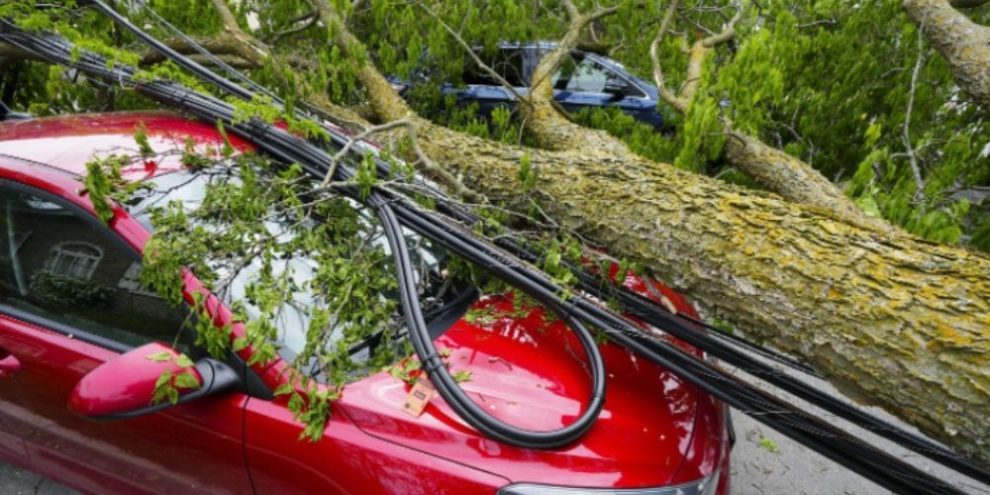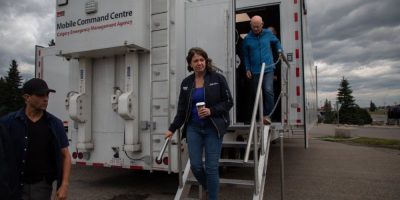
By Christopher Reynolds, The Canadian Press
Keri Lewis has a double insurance maze to navigate.
Both her home and her workplace in Ottawa were hit hard by Saturday's storm, which ripped through parts of Ontario and Quebec, uprooting trees, cutting power to nearly 900,000 homes and leaving at least 10 people dead.
"It was nuts. It just like came so fast," Lewis, 43, said in a phone interview Tuesday.
"It was like a freight train going hundreds of kilometres an hour past our house ... and there was no visibility, it was just like a sheet of something."
Two "huge, mature" trees fell from her neighbour's yard onto her home, she said. The property in Ottawa's Blossom Park neighbourhood also sustained water damage after hundreds of tiles were torn from the roof by wind and the two trees, which continue to lean against the house.
Meanwhile, at Interval House of Ottawa, a women's shelter where Lewis serves as executive director, a tree tumbled onto the roof while nearly a dozen others toppled around the property and "smashed" its fences, she said.
"I know how stressful it is trying to navigate insurance and getting the roofers to come in. It's just on such a large scale in this neighbourhood."
Insurance claims are expected to rise following the deadly storm that swept across Central Canada last weekend.
Roughly 281,000 residents of Ontario and Quebec — including Lewis and her family — were without power as of early Tuesday morning, with two Ontario communities under a state of emergency.
The devastation is too recent to project insurance claim tallies, but home, auto and business insurance will play a key role in the recovery, said Anne Marie Thomas, director of consumer and industry relations with the Insurance Bureau of Canada.
Roofs, fences, cars and food waste will likely make up the bulk of home insurance claims, with additional living expenses such as hotels also covered under some plans should families have to temporarily decamp from damaged properties, she said.
"The one that we're hearing the most is, 'tree fell on my car, tree damaged my fence, tree damaged my roof, and what about the food in my fridge?'"
Most home and auto insurance plans cover such wind- or storm-induced damage, Thomas said. Those looking for compensation should reach out to their own insurer first, regardless of whether it was a neighbour's tree or a Hydro One pole that came crashing down, she added.
Extreme weather continues to highlight the cost of climate change to insurers and taxpayers, Thomas said.
Severe weather caused $2.1 billion in insured damage last year, stemming in part from November flooding in British Columbia and summer hailstorms in Calgary, according to the Insurance Bureau of Canada, which represents private home, auto and business insurers.
2021 now ranks as the sixth-highest for insured losses in the past four decades, with five of the six years occurring since 2013. The third highest was 1998, when an ice storm battered parts of eastern Ontario, southern Quebec and Atlantic Canada.
This report by The Canadian Press was first published May 24, 2022.
Feature image - Vehicles remain crushed under trees and power lines in the Ottawa Valley community of Carleton Place, Ont. on Tuesday, May 24, 2022, after a major storm hit parts of Ontario and Quebec on Saturday leaving extensive damage. THE CANADIAN PRESS/Sean Kilpatrick.






